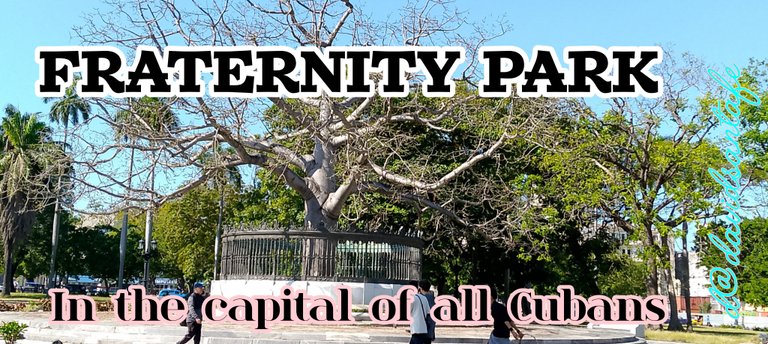
ENGLISH VERSIÓN
The parks in the cities have multiple functions, ranging from the smallest ones with only two benches, or at least one, to the largest and full of benches, sidewalks, trees, gardens, sculptures, fountains, etc. The Cuban capital, as a medium-sized large city, has this variety of parks.
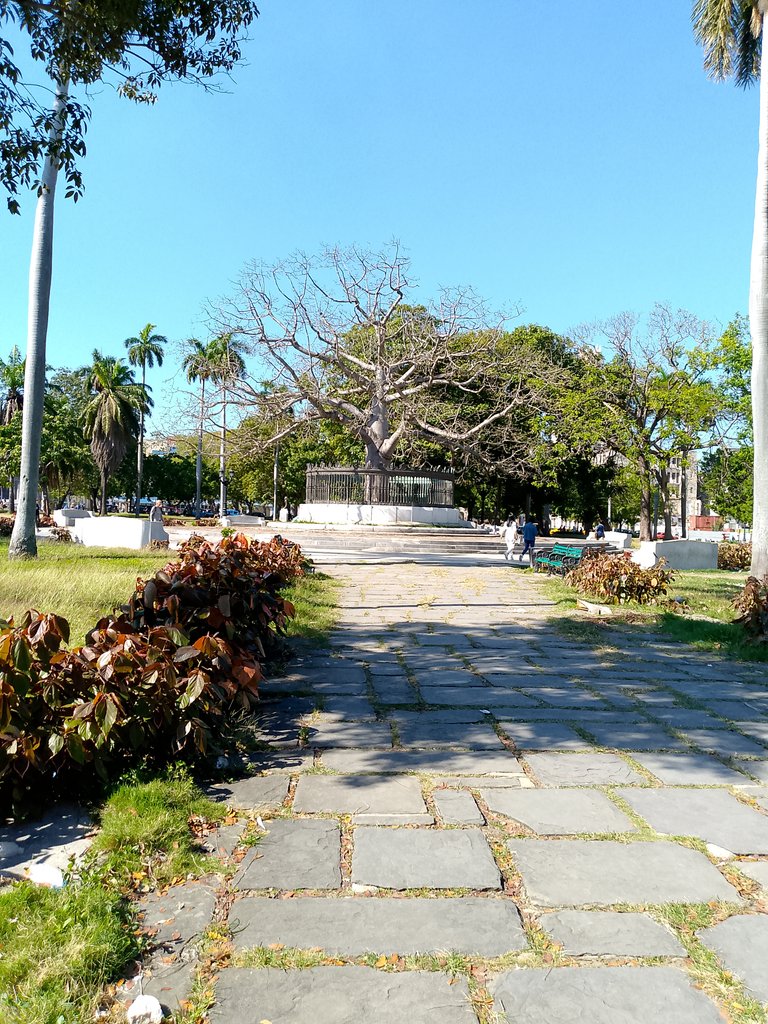
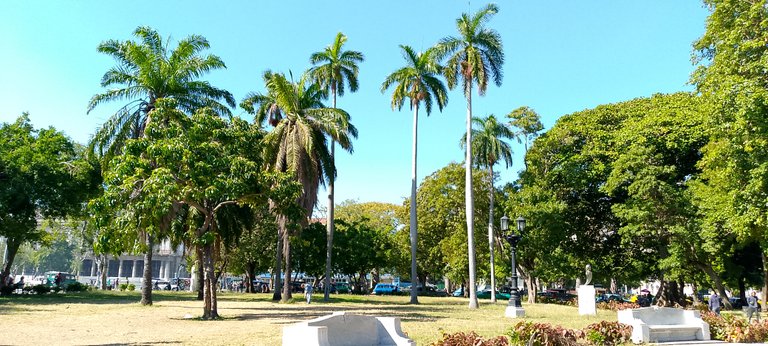
These urban spaces sometimes transcend not only for how beautiful, pleasant or comfortable they may be, but also for their names or for being effective points of reference for passers-by, or for those who have lost their way, or those who converge on a first date for any matter.
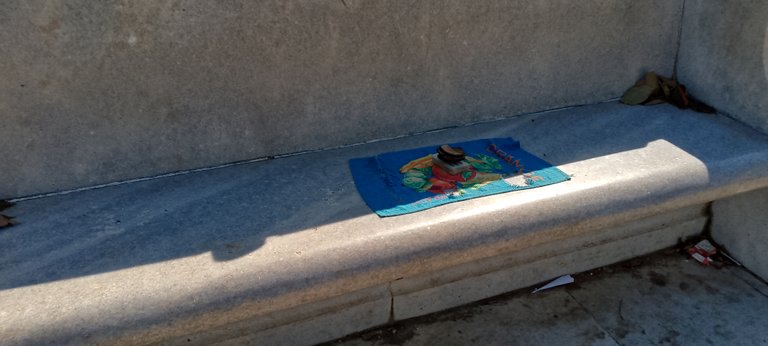
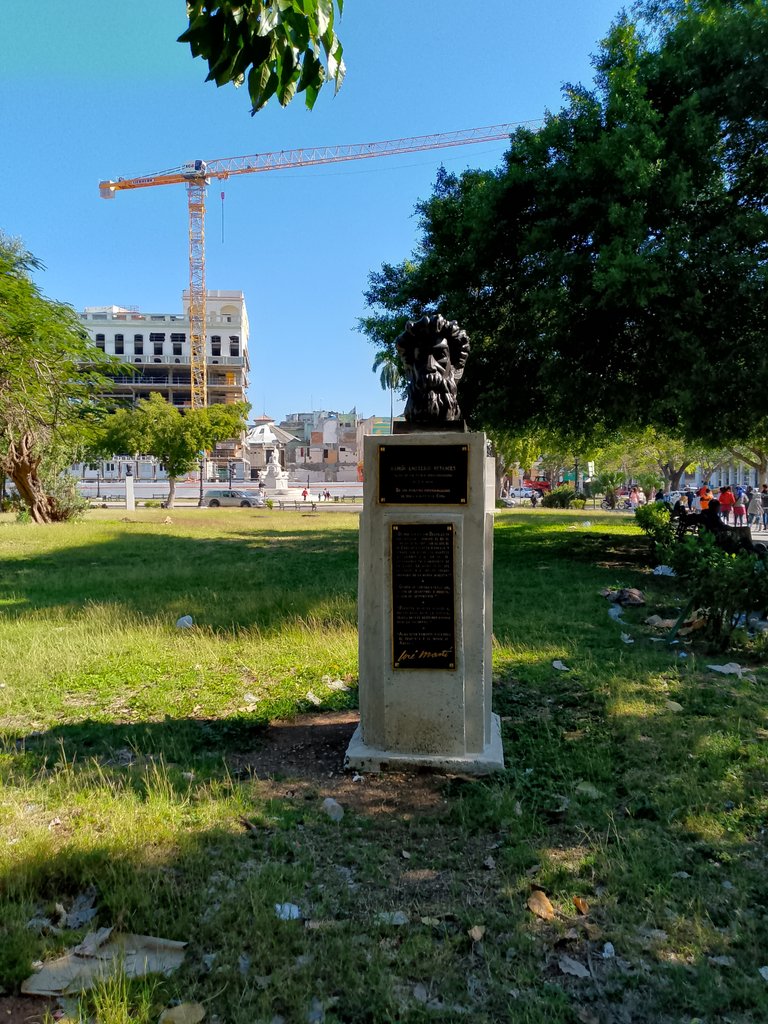
One of those spaces in the capital where many of these attributes converge is the very famous "Parque de la Fraternidad" which is adjacent to the area of the beautiful National Capitol, on its left wing, down Reina Street and topped at the bottom by the Fuente de la India and the also emblematic Hotel Zaratoga, now in ruins after a tragic fire.

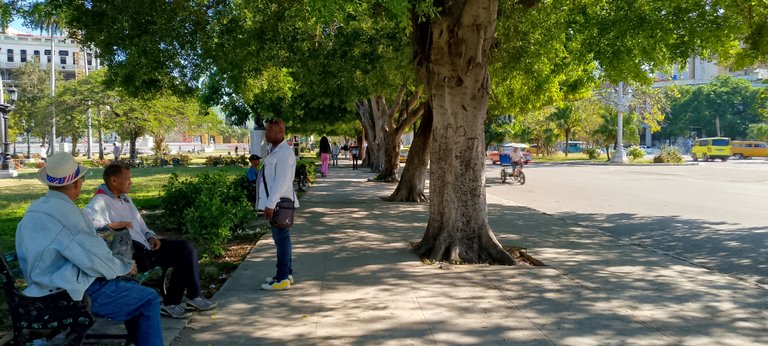
This ample and wooded park is located in what was the old Campo de Marte, a place of stroll of the colonialist society of Havana in the extramural part. Divided into two sections and crisscrossed by sidewalks that function as veins or communicating vessels through the interior. It has benches of different types for the rest and enjoyment of the walker in the shade of the tall trees of different species.
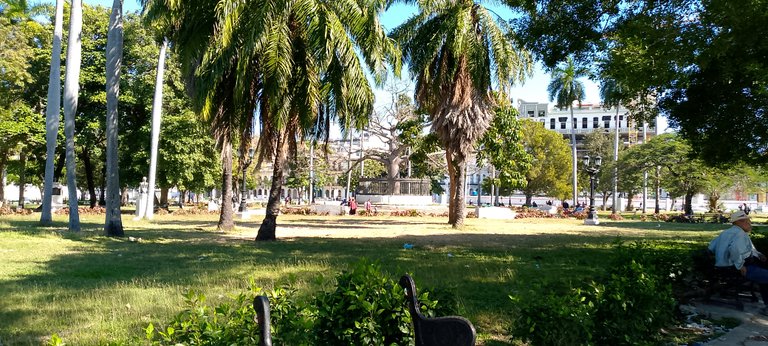
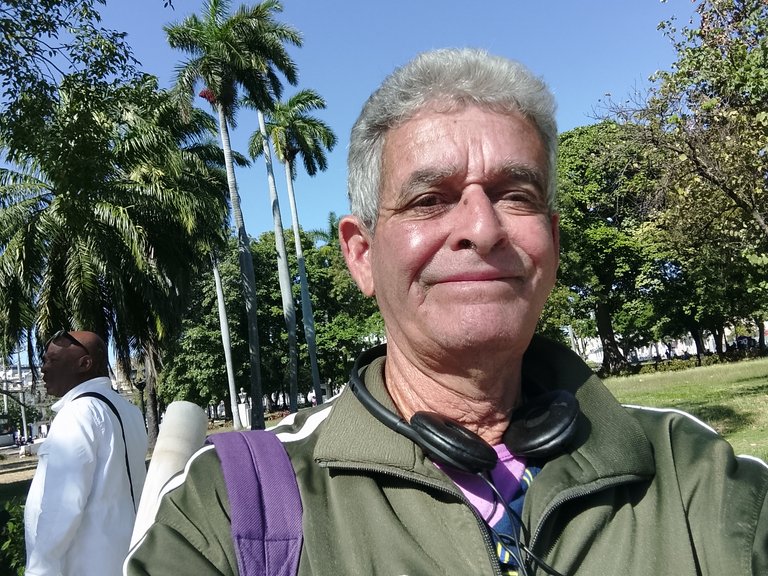
The name of the place is due to the fact that there, according to the tradition, in the place where the Ceiba tree is trellised circularly, before planting the sacred tree for the Cubans, soil from all the nations of America was deposited.
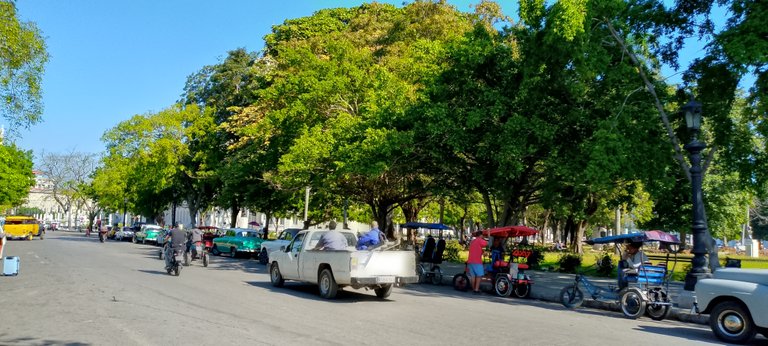
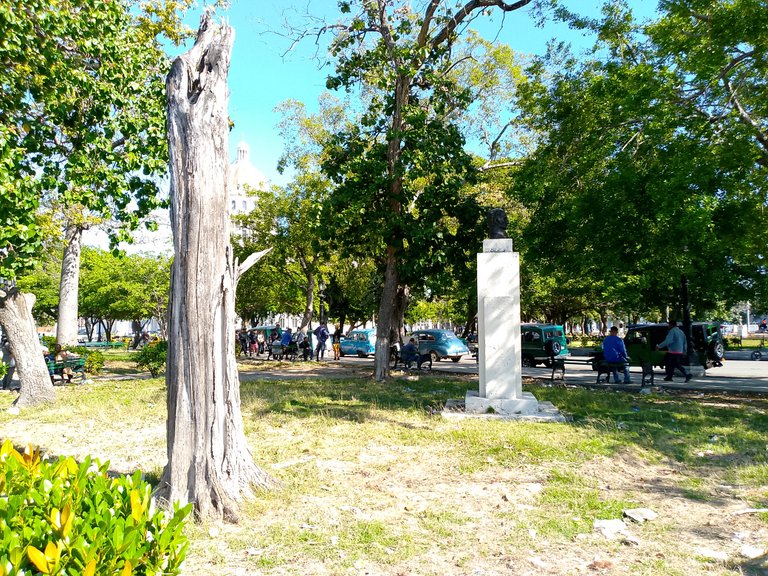
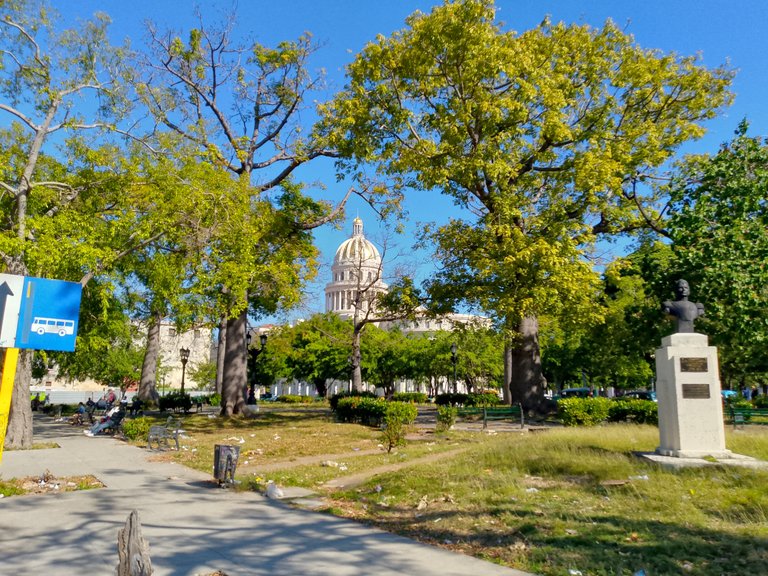
The Ceiba, the mythical sacred tree of our ancestors, is located in the center of the widest part of the emblematic Fraternity Park and around it, on certain dates, rituals and syncretic cults that are part of the magical-religious and folkloric identity of the environment are performed.
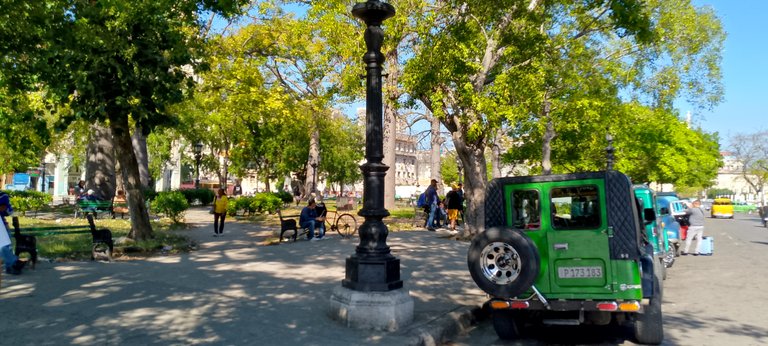
 p
p
Scattered throughout the park we can observe the busts cast in bronze of the main heroes of all the Latin American countries that fought to liberate the Patria Grande.
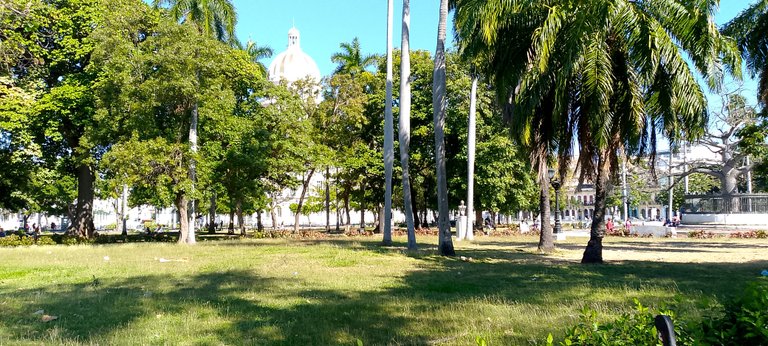

It is really a transit park because it connects passers-by and travelers with different parts of the area known as Centro Habana and the historic center of the city. When I pass by this beautiful place, if I am not in a hurry, I sit on a bench to enjoy the surroundings and watch the nervous and accelerated movement of life in the capital of all Cubans.
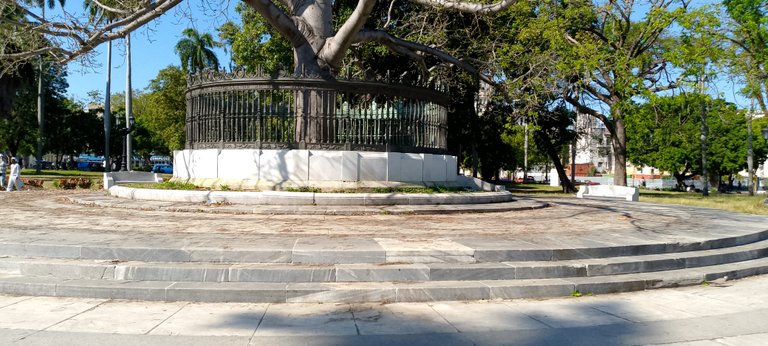
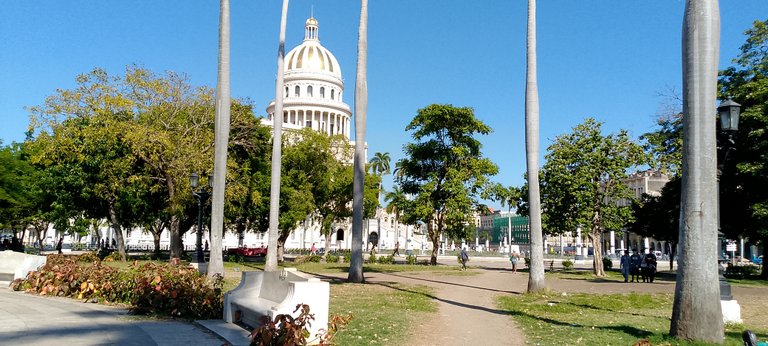
Thank you for joining me on the tour.
Text translated with Deelp Translator.
Photos taken with my Tecno Spatk
VERSIÓN EN ESPAÑOL
Los parques en las ciudades cumplen múltiples funciones, y van desde los mas chiquito con apenas dos bancos, o uno como mínimo, hasta los mas amplios y llenos de bancos, aceras árboles, jardines, esculturas, fuentes, etc. La capital cubana a su medida de mediana gran ciudad, posee esa variedad de parques.
Estos espacios urbanos a veces trascienden no solo por lo hermoso, agradables o confortables que puedan resultar, si no por sus nombres o por ser eficaces puntos de referencia para los transeúntes, o para los que han perdido el rumbo, o los que convergen en una primera cita para cualquier cuestión.
Uno de esos espacios capitalinos donde convergen muchos de esos atributos es el muy famoso "Parque de la Fraternidad" qué esta colateral al área del hermosísimo Capitolio Nacional, en su ala izquierda, bajando por la calle Reina y rematado al fondo por la Fuente de la India y el tambien emblemático Hotel Zaratoga, hoy en ruinas después de un trágico incendio.
Este amplio y arbolado parque se encuentra en lo que fue el antiguo campo de Marte, lugar de paseo de la sociedad colonialista de la Habana en la parte de extramuros. Dividido en dos secciones y entrecruzado por aceras que funcionan como venas o vasos comunicantes por el interior. Tiene bancos de diferentes tipos para el descanso y disfrute del caminante a la sombra de los altos árboles de diferentes especies.
El nombre lo tomó el lugar por el hecho de que allí, segun dice la tradicion, en el lugar donde esta la Ceiba enrejada circularmente, antes de sembrar el arbol sagrado para los cubanos, se depositó tierra de todas las Naciones de América.
La Ceiba, el mitico árbol sagrado de nuestros ancestros, esta ubicada en el centro de la parte mas amplia del emblematico parque de la Fraternidad y alrededor de la misma, en ciertas fechas, se realizan rituales y cultos sincreticos que son parte de la identidad mágico religiosa y folklórica del entorno.
Diseminados por todo el parque podemos observar los bustos fundidos en bronce de los principales héroes de todos los paises latinoamericanos que lucharon por por liberar a la Patria grande.
Realmente es un parque de tránsito pues conecta al transeúntes y al viajero con distintas partes de la zona conocida como Centro Habana y el casco histórico de la ciudad. Cuando paso por este bello lugar, si no estoy de mucho apuro, me siento en algún banco a regodearme con el entorno y a mirar el movimiento nervioso y acelerado de la vida en la capital de todos los cubanos.
Gracias por acompañarme en el recorrido.
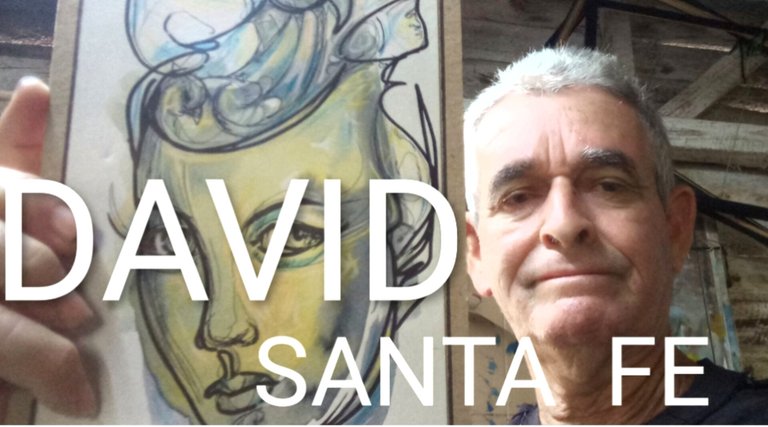
Sending Love and Ecency Curation Vote!
 To earn 100% daily curation rewards in Hive + 10% of your delegation each day in Ecency Points and if you write well, you might even get curated!
To earn 100% daily curation rewards in Hive + 10% of your delegation each day in Ecency Points and if you write well, you might even get curated!
You can check out this post and your own profile on the map. Be part of the Worldmappin Community and join our Discord Channel to get in touch with other travelers, ask questions or just be updated on our latest features.
Wow, the beauty of the garden is so incredibly beautiful, it's really nice to relax ❤️
Muchas gracias por el comentario y por su visita.
You're welcome friend have a nice day ❤️
This park is so beautiful 😍
Extraño transitar por ese sitio...
Posiblemente a finales de mes pueda volver a caminar por allí.
¡Gracias por traer estas imágenes magníficas!